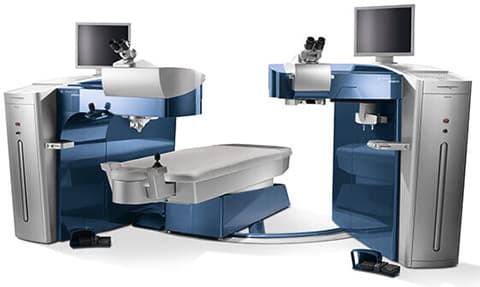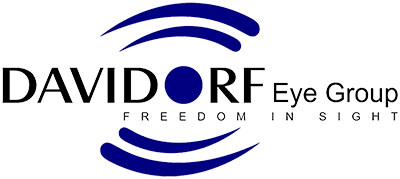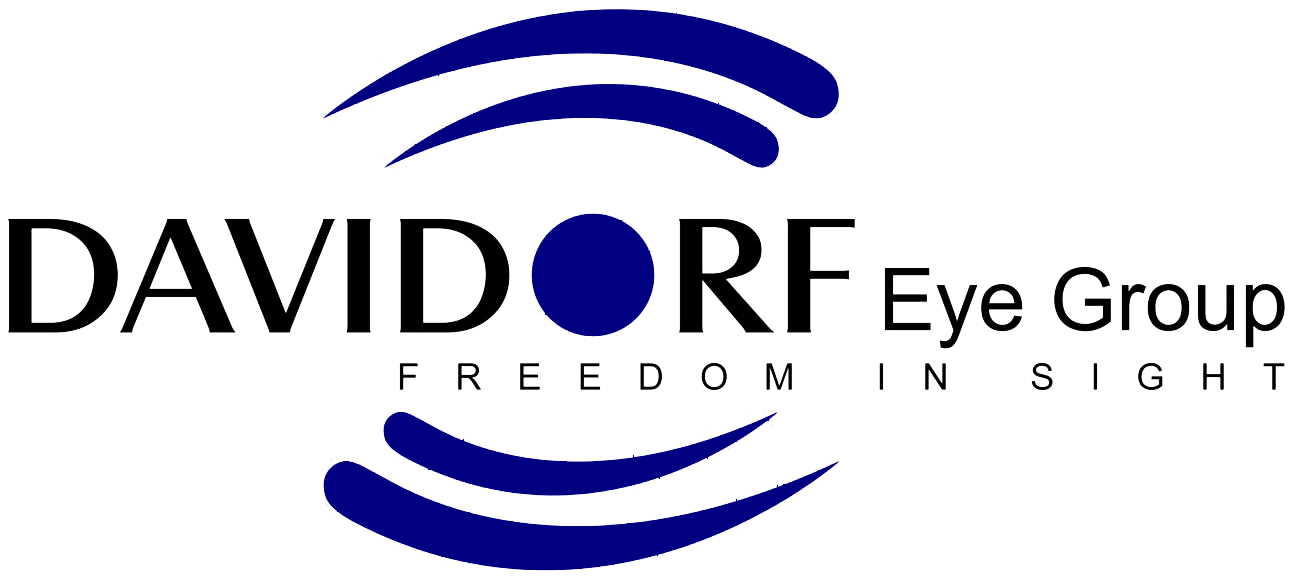
During your consultation, you may be offered a newer diagnostic procedure called wavefront analysis. Wavefront technology was originally developed for high-powered telescopes, to sharpen the images of distant stars being distorted by the earth’s atmosphere.
More recently, this same technology has been used in correcting human vision. In 2002, the U.S. Food and Drug Administration (FDA) approved Custom LASIK, which is a wavefront-guided LASIK surgery. With this technology the surgeon can custom-sculpt the cornea, achieving greater accuracy of correction and fewer side effects.
Wavefront-guided LASIK is much better at diagnosing and treating the aberrations in your eyes. Traditional LASIK surgery measures the eye based on only one point and corrects only lower-order aberrations.
Wavefront analysis measures 200 points in the eye and gives a much more accurate map of its vision imperfections, including higher-order aberrations. Higher-order aberrations are problems with clarity, visual crispness, and sensitivity contrast. Using the data from the wavefront analysis, the surgeon can now do LASIK surgery procedures that detect, measure, and correct both low-order and higher-order aberrations.
How Does Wavefront Analysis Work?
Dr. Davidorf uses the Hartmann-Shack wavefront sensing method. This method involves shining a low-powered laser into your eye and having you focus on it.
- As the light is reflected back out of your eye, an aberrometer (a sensing device with many small lenses) will precisely measure your eye’s unique cluster of imperfections.
- The system translates the data into a constellation of “spots,” and a special camera takes a photograph of them.
- This data is then compared with the way light travels through perfect eyes.
- From the difference between these two measurements, a three-dimensional wavefront map is created.
- This map, or blueprint, of the eye, is converted into a mathematical formula and entered into a computer. Later, it will be used to guide the LASIK (or PRK) laser as it reshapes your cornea.
The wavefront method enables Dr. Davidorf to customize your laser treatment according to the precise visual imperfections unique to your eye.
Better Results with Wavefront
Wavefront-guided LASIK surgery gives a quicker recovery, sharper vision, and fewer side effects. At the Naval Medical Center in San Diego, the results of Navy patients who had been given conventional LASIK were compared with the results of those who had been given wavefront-guided LASIK.
The results of the study indicated that six months after LASIK surgery:
- 88% of conventional LASIK surgery patients had achieved 20/20 vision or better
- 97% of the wavefront-guided LASIK surgery patients had achieved 20/20 vision or better.
In regard to seeing halos around lights at night, especially when driving:
- 30% of conventional LASIK surgery patients reported an increase (this can be a temporary side effect of LASIK)
- 0% of the wavefront-guided LASIK surgery patients reported this side effect
The study concluded that wavefront-guided LASIK surgery offers a better quality of vision than conventional LASIK because it significantly decreases night vision problems, such as halos or glare. Wavefront patients reported more satisfaction with their results than did the conventional group.
Who is a Candidate for Wavefront?
Most candidates for traditional LASIK surgery are also candidates for wavefront-guided LASIK. Bearing in mind that wavefront-guided LASIK may cost more and some people may get excellent results from conventional LASIK, should everyone have a wavefront analysis?
The evidence is that on average, for all patients, it does provide better vision than conventional treatment. Many eye doctors recommend it to all their patients who are candidates for LASIK surgery.
Because wavefront technology can be so effective in treating night vision problems, many who have those problems when wearing glasses or contacts may be especially interested in it.
Who is Not a Candidate for Wavefront?
Even though wavefront-guided LASIK is an advancement, it is not necessarily the best option for everyone. Since it removes more corneal tissue than conventional LASIK, people with thin corneas may not be good candidates.
Also, if you have small pupils you may not be a good candidate because the wavefront measurements require a minimum pupil size for accuracy. In some people, for technical reasons, the traditional measurements are more accurate than the wavefront measurements. Dr. Davidorf will recommend the method he thinks will give you the best chance of excellent vision.
Potential Complications
The risks of wavefront-guided LASIK and traditional LASIK are the same. However, wavefront-guided LASIK may prevent some of the side effects occurring more often with traditional LASIK. These are higher-order aberrations like glare or halos around lights at night or in dim lighting. Conventional LASIK can increase some higher-order aberrations. Because wavefront-guided LASIK is designed to correct these higher-order aberrations, it isn’t likely to cause them.
Cost for Wavefront
Wavefront-guided LASIK is more expensive than conventional LASIK. The prices vary with geographical locations and among surgeons. As with conventional LASIK, the fact that insurance companies regard this type of surgery as “cosmetic” means they will seldom cover the cost. The Davidorf Eye Group works with most insurance companies including Medicare and many vision service plans.
Therapeutic Wavefront-Guided Re-treatment
If you previously had a LASIK treatment and had subsequent problems, Wavefront technology could provide re-treatment to deal with them. Such problems usually concern the quality of nighttime or daytime vision and are usually caused by higher-order aberrations.
Davidorf Eye Group offers therapeutic wavefront-guided retreatment. We use the wavefront technology to measure the higher-order aberrations, then use this data to perform a LASIK re-treatment. In this way, we can treat many potential LASIK surgery side effects, such as halos, multiple images, under-correction, and glare.



